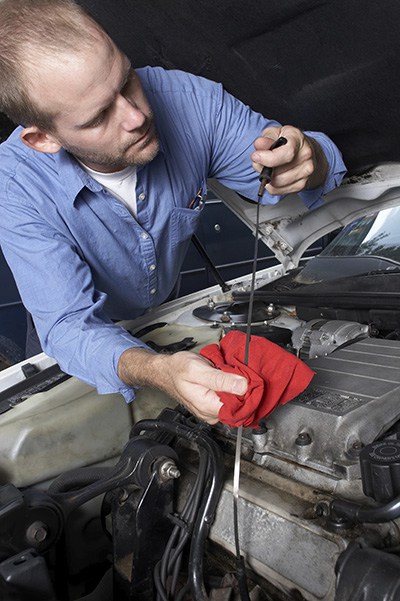How to Test Engine Compression John Baker|Mar 13, 2017 2:16 PM Engine compression = engine power. A simple equation even we non-engineers can understand. Compression refers to the pressure your engine generates inside the cylinders while it’s running. How much pressure the engine produces and how well it converts that pressure into usable work influence […]
You are browsing archives for
Month: September 2017
McDonalds or KFC: Should I Run Vegetable...
McDonalds or KFC: Should I Run Vegetable Oil in my Diesel? Mark Nyholm|Apr 14, 2017 3:45 PM Ever drive down the road in the middle of nowhere and run across the scent of French fries? Maybe it made you think some punk threw his garbage from his car into the ditch and the wind was […]
Can Your Motor Oil Handle the Seven Resp...
Can Your Motor Oil Handle the Seven Responsibilities of a Lubricant? Ed Newman|May 24, 2017 8:30 AM Most motorists understand the primary functions of motor oil: reduce friction and wear. However, motor oil and other lubricants must do more to protect your vehicles and equipment. With engines and equipment becoming more powerful and sophisticated, it […]
Why Jay Leno Is Angry About Ethanol In G...
Why Jay Leno Is Angry About Ethanol In Gasoline Ed Newman|Jun 02, 2017 9:38 AM Change is the one constant in life. It’s also difficult, because when there is a change – whether in technology or how we do things – there are often unforeseen consequences. One of the changes that has been taking place […]



